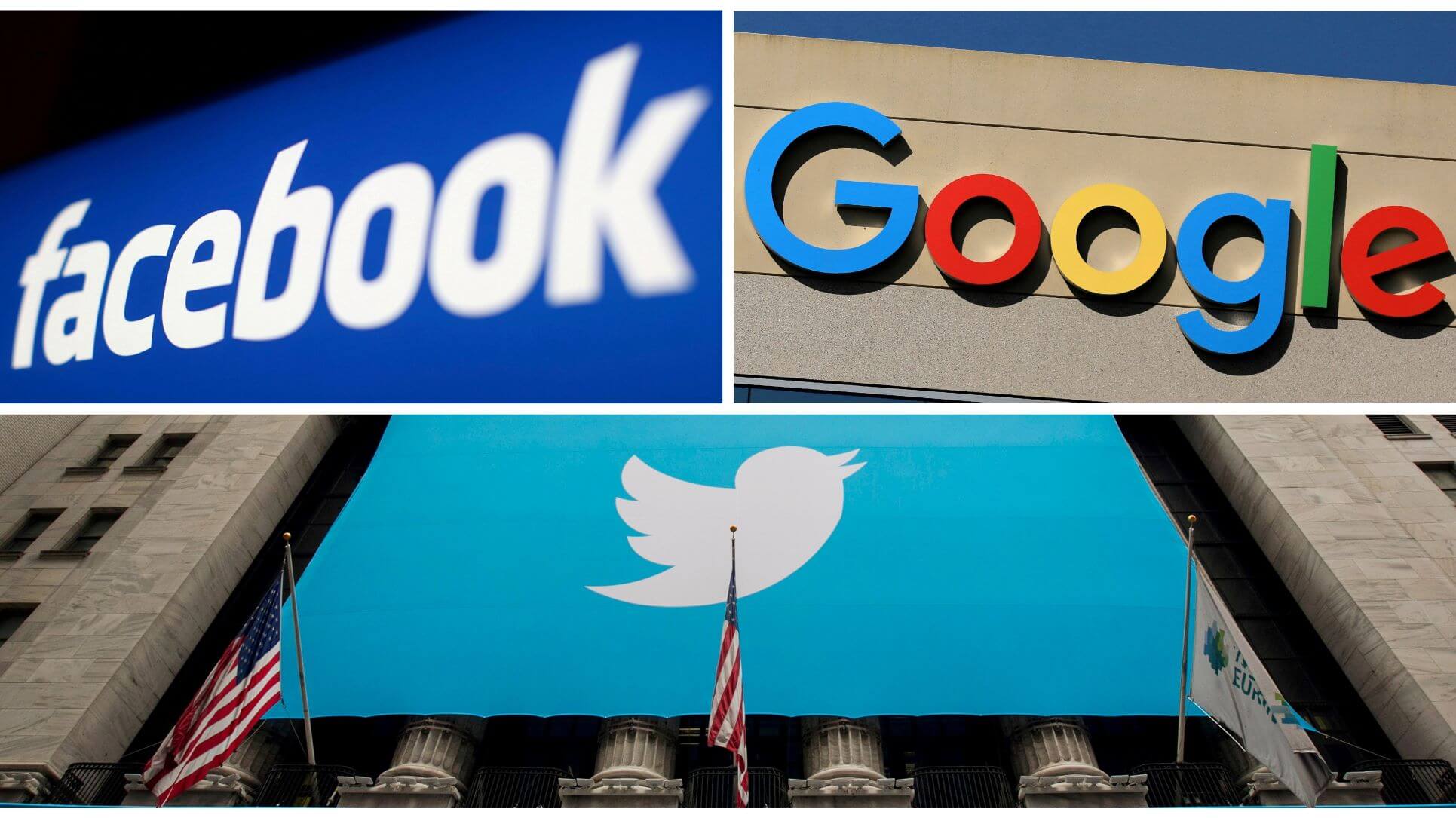Why is so much business being conducted online in a language the majority of web users can’t understand?
Four-Steps To Balancing Global Messaging With Local Relevancy For Marketers
Why is so much business being conducted online in a language the majority of web users can’t understand?

It’s been estimated that 90 per cent of online business is conducted in English, which is interesting given 70 per cent of web users are not native English speakers.
From a marketing perspective, consumers are more demanding than ever before. Therefore, when it comes to something as basic as language, it’s important that marketers look at satisfying customer needs. After all, content and messaging are the backbone of a marketing campaign and something you don’t want to get wrong.
Global marketing campaigns need to be localised – and there is no one size fits all approach. Beyond marketing segmentation, consumers expect personalisation.
In 2009, companies could reach over 90 per cent of customers online using 37 languages. Just three years later, in 2012, a further 11 additional languages were required to reach the same audience, and this will only continue to increase.
Brands need to be able to speak to customers not just in their language but in a way they understand.
So how do global brands balance global messaging with local relevancy? Below is the four-step process every company should undertake to give their business a global message:
1. Choose carefully what needs to be adapted
The first step to globalisation is to develop a framework for deciding the types of content to adapt and what level of adjustment is needed.
By identifying the business drivers and key performance indicators (KPIs) you can begin to define your success criteria, making sure that you’re accomplishing what you set out to achieve.
You can then focus on what kind of content will resonate with your audience to hit these targets. Different types of content require different levels of customisation.
2. Plan Ahead
Once you know what type of content you’re going to create and how much you’re going to adapt it, you’re almost ready to start planning your program. But first, it’s helpful to familiarise yourself with the market requirements. This will help you avoid stumbling blocks later in the process.
Content: Make sure the content elements will be appropriate and relevant for all audiences, accounting for cultural and legal differences between countries.
Languages and display: Your target language may have different character sets and text orientation than English. Be wary of how this could affect your design, layout and even content length.
Technology: Make sure the technologies you are planning to use are compatible with regional capabilities. For example, if you are planning a social media campaign remember that some platforms do not operate in certain markets. Is your Facebook campaign adaptable for Sina Weibo in China?
Assessment and feedback strategies: A globalisation partner in-country can be a great resource for identifying any further cultural or legal differences that you might not be aware of.
3. Get Global-Ready
Creating global-ready content reduces the time needed by your team, as well as the overall costings of a project. So how do you do it?
- Ensure that your writing is simple and straightforward
- Eliminate culturally specific references
- Use culturally neutral and flexible design elements to accommodate different character sets and text orientations
When your content team begins writing with globalisation in mind, the result is a clear and concise source material that cuts translation costs and timelines. It works for everyone, whilst still being personable and easy to understand. This will ultimately improve the quality of the finished product.
4. Always Remember to Think Local
Planning for a globalisation strategy is critical to ensuring the best outcomes for any brand activity, whilst keeping costs under control. When you need materials that will have an improved impact in your target markets, success means starting every project by creating global-ready content but thinking locally. Every market is different, and you have to keep this mind, even if your company is global.
By following these steps you will have a culturally neutral, global-ready brand plan, that will work better for your in-house team and your customers.
Clint Poole is CMO of Lionbridge.
Thanks for signing up to Minutehack alerts.
Brilliant editorials heading your way soon.
Okay, Thanks!


